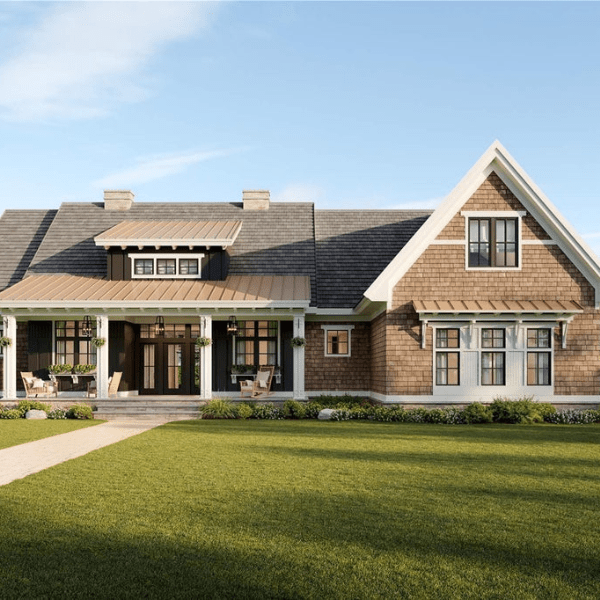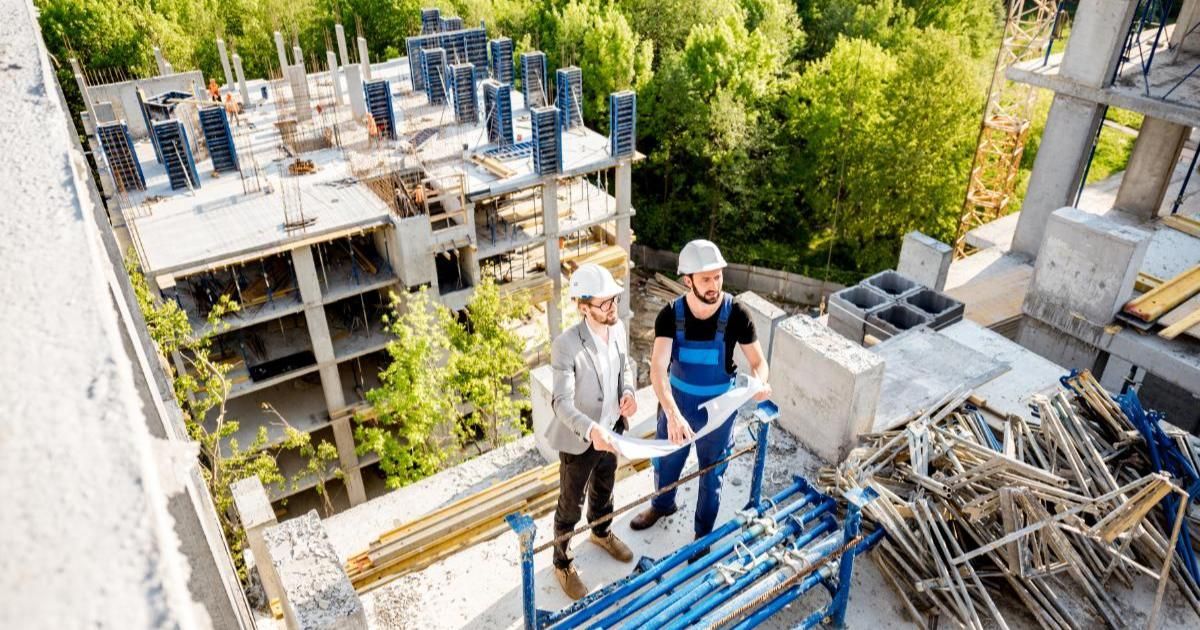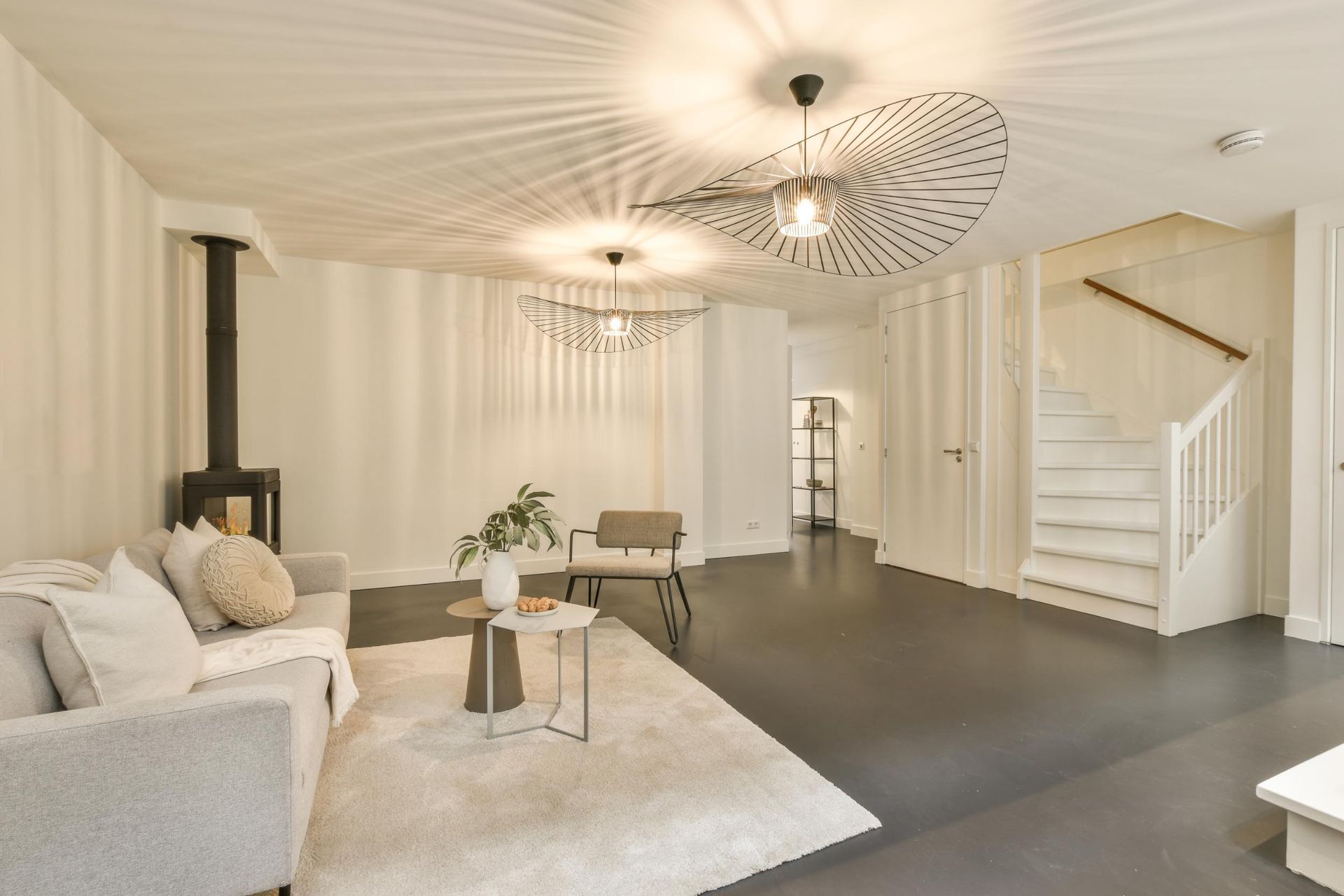When it comes to new home construction in Suffolk County, there are a plethora of questions that potential homeowners often grapple with. Let’s begin with a few helpful tips to keep in mind as your planning to build your home.
Contact Information
4 Locations Serving NY, Long Island, Westchester & Fairfield County
Licensed/Bonded/Insured Contractors in NY & CT
(914) 639-5200
New Home Construction in Suffolk County


How Can I Ensure the Quality of My New Home?
Gjana Construction understands the significance of impeccable construction, and can guide you through the process of ensuring the highest level of quality for your new home.
To guarantee the quality of your new home:
Choose a Reputable Builder : Research and select a builder with a proven track record in Suffolk County.
Regular Inspections : Schedule periodic inspections during the construction phase to ensure that all work meets the required standards.
Warranty : Ensure that your builder offers a comprehensive warranty that covers any potential defects or issues.
The Foundation
Building a Strong Foundation : The foundation is the bedrock upon which your home stands. It’s crucial to ensure that it’s constructed with the utmost care and precision. Our skilled engineers work diligently to assess the soil composition, drainage patterns, and structural requirements to determine the appropriate foundation type. Whether it’s a traditional concrete slab, crawl space, or basement, we select the best option for your specific needs.
Superior Materials Selection : Cutting corners on materials can lead to disastrous consequences down the line. At OurBuild Experts, we believe in using only the highest quality materials that meet industry standards and exceed your expectations. From the concrete mix to the rebar used in the foundation, we source materials that are known for their durability and resilience.
Framing
Precision in Framing : The framing of your home serves as its skeleton, providing structural integrity and shape. Our team of expert framers ensures that every piece of lumber is measured, cut, and placed with precision. This meticulous attention to detail guarantees that your home’s frame is strong, level, and capable of supporting the entire structure.
Engineered for Safety : Safety is a non-negotiable aspect of construction. Our engineers incorporate seismic considerations, load distribution techniques, and advanced fastening methods to create a home that’s not only beautiful but also capable of withstanding the test of time and unexpected natural events.
Craftsmanship & Finishes
Fine Craftsmanship : The finishing touches of your home are what make it truly unique. Our team of skilled craftsmen takes pride in their work, ensuring that every surface, joint, and angle is perfectly executed. From intricate molding to flawlessly installed cabinetry, we’re dedicated to achieving the highest level of craftsmanship.
Energy-Efficient Installations : In today’s environmentally conscious world, energy efficiency is a must. OurBuild Experts incorporates the latest advancements in insulation, windows, and HVAC systems to create a home that’s not only comfortable but also energy-efficient. This not only reduces your carbon footprint but also saves you money on utility bills in the long run.
Rigorous Quality Checks
Stringent Quality Inspections : Our commitment to excellence extends to our rigorous quality checks. Every phase of construction is closely monitored by our team of experts to ensure that it meets our high standards. From foundation inspections to electrical and plumbing assessments, we leave no stone unturned in our quest for perfection.
Customer Collaboration : We believe in transparent communication and collaboration with our clients. Throughout the construction process, we keep you informed about milestones, progress, and any potential modifications. Your input is invaluable, and we work tirelessly to incorporate your preferences while adhering to industry best practices.
ABOUT SUFFOLK COUNTY, NY
Why Choose Suffolk County for Your New Home Construction?



Suffolk County boasts a rich tapestry of history, culture, and natural beauty. From the pristine beaches to the bustling towns, it offers a unique blend of urban sophistication and countryside charm. Moreover, the county’s commitment to sustainable development ensures that new constructions adhere to the highest environmental standards.
Suffolk County is not just a place of scenic beauty and rich history; it’s also a region that actively supports its residents, especially those looking to plant roots and build a home. One of the most compelling reasons to choose Suffolk County for new home construction is the financial support provided to first-time home buyers. Suffolk County offers a generous grant of $30,000 for those committing to a 10-year stay. This initiative, funded by the Department of Housing and Urban Development (HUD), is designed to assist individuals and families in achieving their dream of home ownership, especially in the face of rising housing costs.
Introduced in 1993, this program has been a beacon of hope for many, empowering them to take that crucial step towards securing a home. The program is available to residents of specific towns, and there are certain income limits and home price thresholds to be met. More details about this can be found at scdownpayment.com.
In addition to financial support for home buyers, Suffolk County also offers a range of benefits to its municipal employees, further enhancing the appeal of settling in this region.
What Types of Homes are Commonly Built in Suffolk County?
Suffolk County boasts a myriad of architectural styles, encompassing:
Colonial Revival: Reflecting America’s colonial history, these homes typically showcase brick facades and gabled roofs.
Cape Cod: Taking cues from early colonial residences, Cape Cod-style homes are distinguished by their steep roofs and symmetrical design.
Modern Farmhouse: Melding traditional and contemporary, this style fuses rustic components with modern design approaches.
Renowned builders such as Gjana Construction, Beechwood Homes, and Toll Brothers offer an amalgam of new construction homes and communities, augmenting the lifestyle quality for inhabitants.
Prevalent home types in Suffolk County encompass:
Exclusive Waterfront Homes: Offering serene views and direct water access, these homes provide a peaceful urban life retreat.
55+ Community Homes: Specifically designed for seniors, these residences feature additional perks and amenities to meet the older generation’s requirements.
Low-Maintenance Townhomes: Optimal for those seeking a carefree lifestyle, these homes necessitate minimal maintenance and are typically situated near vital amenities.
Historic Homes: The county’s rich history is mirrored in its architecture, with notable historic homes like the Benjamin Thompson House and Moses Mills House.
Moreover, homes in Suffolk County vary in size from 1,231 to 2,948 square feet and offer 2 to 4 bedroom options. Starting prices hover around $372,400, providing customizable options and varied floor plans to accommodate diverse preferences.
In essence, Suffolk County presents a diverse array of home styles, ranging from contemporary builds to historical residences, ensuring residents can locate a home that impeccably aligns with their envisioned lifestyle.
What Sustainable Features are Popular in Suffolk County Homes?

Suffolk County homes are embracing sustainable features in response to evolving design and environmental trends. Amid a growing emphasis on eco-conscious living, several sustainable elements are gaining popularity in Suffolk County homes:
- Energy-Efficient Appliances : Homeowners are opting for energy-efficient appliances to reduce their carbon footprint and utility costs. These appliances use less energy while maintaining optimal performance, contributing to a greener lifestyle.
- Solar Panels : Suffolk County homes are increasingly equipped with solar panels. Solar energy not only reduces electricity bills but also supports renewable energy production, making homes more self-sufficient and environmentally friendly.
- Smart Home Technology : Integrating smart home technology allows residents to monitor and control energy consumption efficiently. Smart thermostats, lighting systems, and automated window coverings optimize energy use while providing convenience.
- High-Efficiency HVAC Systems : Heating, ventilation, and air conditioning (HVAC) systems with high energy efficiency ratings are in demand. These systems regulate indoor temperature effectively while minimizing energy waste.
- Insulation Upgrades : Proper insulation is crucial for energy conservation. Suffolk County homeowners are investing in insulation upgrades to maintain comfortable indoor temperatures year-round without excessive reliance on heating or cooling systems.
- Rainwater Harvesting : Sustainable landscaping practices, such as rainwater harvesting systems, are gaining traction. Collecting rainwater for outdoor irrigation reduces water consumption and promotes responsible water use.
- Efficient Lighting : LED lighting fixtures are becoming standard in Suffolk County homes. LED lights use significantly less energy than traditional incandescent bulbs and have a longer lifespan.
- Native Landscaping : Native plants require less water and maintenance, making them a popular choice for eco-conscious homeowners. These plants also promote local biodiversity and support pollinators.
- Recycled and Reclaimed Materials : Incorporating recycled and reclaimed materials into home construction and design is a sustainable trend. Reusing materials reduces the demand for new resources and minimizes waste.
- Low-Flow Fixtures : Water-saving fixtures, such as low-flow toilets and faucets, are installed to conserve water without compromising functionality.
- Green Roofing : Green roofs, covered in vegetation, offer insulation benefits, reduce urban heat island effects, and contribute to air purification while adding an aesthetic appeal to homes.
- Passive Design Principles : Homes designed with passive solar heating and cooling in mind maximize natural light and ventilation, reducing the need for artificial lighting and excessive air conditioning.
LOCAL GOVERNMENT RESOURCES & TRENDS
Long Island Housing Market: Prices, Trends, Forecast 2023
This source from the Suffolk County government offers various planning topics, potentially including new home construction.
- Insight : Government publications can offer valuable data and insights into housing policies and trends.
- Read more
This is a 5-year consolidated plan for Suffolk County, covering various aspects including home construction.
- Insight : This plan could influence the types and locations of new homes being built.
- Read more
This article provides an in-depth look at the housing market in Long Island, including Suffolk County. It discusses current house prices and trends, offering insights from Redfin.
- Insight : A must-read for anyone looking to understand the economics of new home construction in the area.
- Read more
NEW HOME CONSTRUCTION CONSIDERATIONS
What is the Average Cost of New Home Construction in Suffolk County?
If you’re a prospective homeowner, investor, or simply curious about the real estate landscape in this vibrant region, you’ve come to the right place. Our team of experts has meticulously gathered and analyzed data to provide you with an insightful overview of the key factors influencing construction costs in Suffolk County. Let’s delve into the specifics and equip you with the knowledge you need to make informed decisions.

Exploring the Numbers: Factors Affecting New Home Construction Costs
When it comes to new home construction costs in Suffolk County, several fundamental factors come into play, contributing to the final price tag of your dream home. Let’s dive into each of these factors to gain a comprehensive understanding:
1. Location Matters
The location of your new home plays a pivotal role in determining the construction cost. Suffolk County’s diverse neighborhoods each come with their unique characteristics that can influence expenses. Waterfront properties, for instance, often command a premium due to their picturesque views and proximity to amenities.
2. Design and Architecture
The complexity of the design and architectural elements you choose significantly impacts the overall cost. Intricate designs, custom layouts, and innovative materials can lead to higher construction expenses. Balancing aesthetics with your budget is crucial in this regard.
3. Materials and Finishes
The choice of materials and finishes is a crucial consideration. Premium materials, such as hardwood flooring, granite countertops, and energy-efficient appliances, can drive up costs. However, they can also enhance the value and appeal of your home in the long run.
4. Square Footage
The size of your new home is directly proportional to the construction cost. Larger homes generally require more materials and labor, impacting the overall budget. It’s essential to strike a balance between the space you need and your financial limitations.
5. Infrastructure and Site Preparation
Site preparation and infrastructure development can often be overlooked but are vital cost contributors. Factors such as clearing land, utility connections, and foundation work can add to the total expenses.
6. Labor and Construction Team
Skilled labor is a cornerstone of any successful construction project. Competent contractors, architects, builders, and tradespeople are essential for bringing your vision to life. Investing in experienced professionals can ensure the quality and timeliness of the construction.
Analyzing the Average Cost Range
While exact figures can vary, our research indicates that the average cost of new home construction in Suffolk County generally falls within a wide range of $200 to $500 per square foot . This estimation takes into account the various factors we’ve discussed. Keep in mind that this is a broad range, and your specific choices and requirements will influence where your project falls within it.
The Return on Investment (ROI)
Understanding the construction cost is just one side of the coin. Evaluating the potential return on investment is equally crucial, especially if you’re considering selling the property in the future. The value of your new home is influenced by the local real estate market, the quality of construction, and the desirability of the neighborhood.
How Long Does the Construction Process Typically Take?

The duration of the construction process can vary based on several factors, including the complexity of the design and the size of the property.
When embarking on a construction project, one of the most pressing questions on everyone’s mind is, “How long will it take?” The duration of the construction process can vary widely based on several factors. In this article, we will delve deep into the typical timelines associated with various construction projects and the elements that can influence these timelines.
Factors Influencing Construction Duration
- Type of Construction Project : Residential buildings might take a different amount of time compared to commercial structures or infrastructure projects.
- Size and Complexity : A single-story home will be completed faster than a multi-story apartment complex.
- Weather Conditions : Adverse weather can cause significant delays, especially in outdoor projects.
- Availability of Materials : Any delay in the supply chain can push the completion date further.
- Permit and Licensing : Acquiring the necessary permits can sometimes be a lengthy process, especially in densely populated areas.
Typical Timelines for Different Construction Projects
Residential Buildings
- Single-family homes : 4-12 months
- Apartment complexes : 12-24 months
- Renovations : 2-6 months, depending on the extent of the renovation
Factors That Can Speed Up the Construction Process
- Advanced Planning : Having a clear blueprint and schedule can significantly reduce delays.
- Experienced Contractors : Hiring seasoned professionals can ensure the work is done right the first time.
- Modern Technology : Using the latest construction technology can speed up tasks that once took days to complete.
- Continuous Supply of Materials : Ensuring that there are no breaks in the supply chain can keep the project on track.
By understanding the factors that influence construction timelines and the typical durations for various projects, individuals and businesses can plan more effectively and set realistic expectations.
Are There Any Local Building Regulations to Be Aware Of?
Yes, Suffolk County has stringent building codes to ensure the safety and sustainability of new constructions. These regulations cover various aspects, from structural integrity to energy efficiency. We always recommend consulting with a local architect or builder who is well-versed in these codes.
Building Codes
The foundation of any construction endeavor lies in understanding and adhering to the building codes established by Suffolk County. These codes are put in place to ensure the safety, structural integrity, and overall quality of buildings within the area. It’s imperative to recognize that these codes are subject to updates, so staying informed is crucial.
Zoning Regulations
Zoning regulations dictate how land within Suffolk County can be used. These regulations divide the county into specific zones, each with its designated purposes and limitations. Before initiating any project, it’s essential to identify the zoning regulations applicable to your property. Whether it’s residential, commercial, or industrial, ensuring that your plans align with the local zoning guidelines is paramount.
Permits and Approvals
Securing the necessary permits and approvals is often a complex process that demands attention to detail. Suffolk County requires various permits depending on the nature of your project, such as building permits, environmental permits, and more. Acquiring these permits involves submitting detailed plans and specifications, demonstrating compliance with codes and regulations, and paying the requisite fees.
Environmental Considerations
Preserving the natural beauty of Suffolk County is of utmost importance, and therefore, projects must adhere to stringent environmental regulations . These regulations ensure that your construction or development activities do not negatively impact the environment, including wetlands, water bodies, and protected areas. Conducting thorough environmental assessments and implementing mitigation measures may be necessary to gain approval for your project.
Historic and Cultural Preservation
Suffolk County boasts a rich historical and cultural heritage that’s worth protecting. If your project is located in an area with historical significance, you may need to adhere to additional regulations aimed at preserving the region’s unique character. Engaging with local preservation boards and experts is essential to ensure your project respects and complements the county’s cultural fabric.
Building Accessibility
Inclusivity is a top priority in modern construction, and Suffolk County emphasizes the importance of building accessibility for all individuals. Meeting accessibility standards, such as the Americans with Disabilities Act (ADA) requirements, ensures that your project is welcoming and usable by everyone, regardless of their physical abilities.
Floodplain Regulations
Given its coastal location, Suffolk County is no stranger to flooding concerns. Understanding floodplain regulations is crucial if your property lies within a flood-prone area. These regulations dictate how construction can take place in flood-prone zones, with the aim of minimizing flood-related damages and ensuring safety.
Local Resources and Expertise
Navigating the intricacies of Suffolk County’s building regulations can be a daunting task, but you don’t have to do it alone. There are local resources and professionals who specialize in helping individuals and businesses navigate the regulatory landscape. Consulting with architects, engineers, legal advisors, and other experts can provide you with invaluable insights and guidance to ensure your project’s success.
Conclusion
Building a new home in Suffolk County is a significant investment, both financially and emotionally. By understanding the intricacies of the construction process, potential homeowners can make informed decisions that align with their vision and budget. Suffolk County offers a unique blend of history, culture, and modern amenities, making it an ideal location for those looking to build their dream home.
At Gjana Construction, we bring together a team of dedicated professionals who share your vision and understand the significance of superior construction. From the foundation to the finishes, every step is meticulously planned and executed to create a home that’s a true reflection of your aspirations.
Experience the difference that expert craftsmanship and an unwavering dedication to quality can make. Contact us today to embark on your journey to a new home that stands as a testament to excellence.
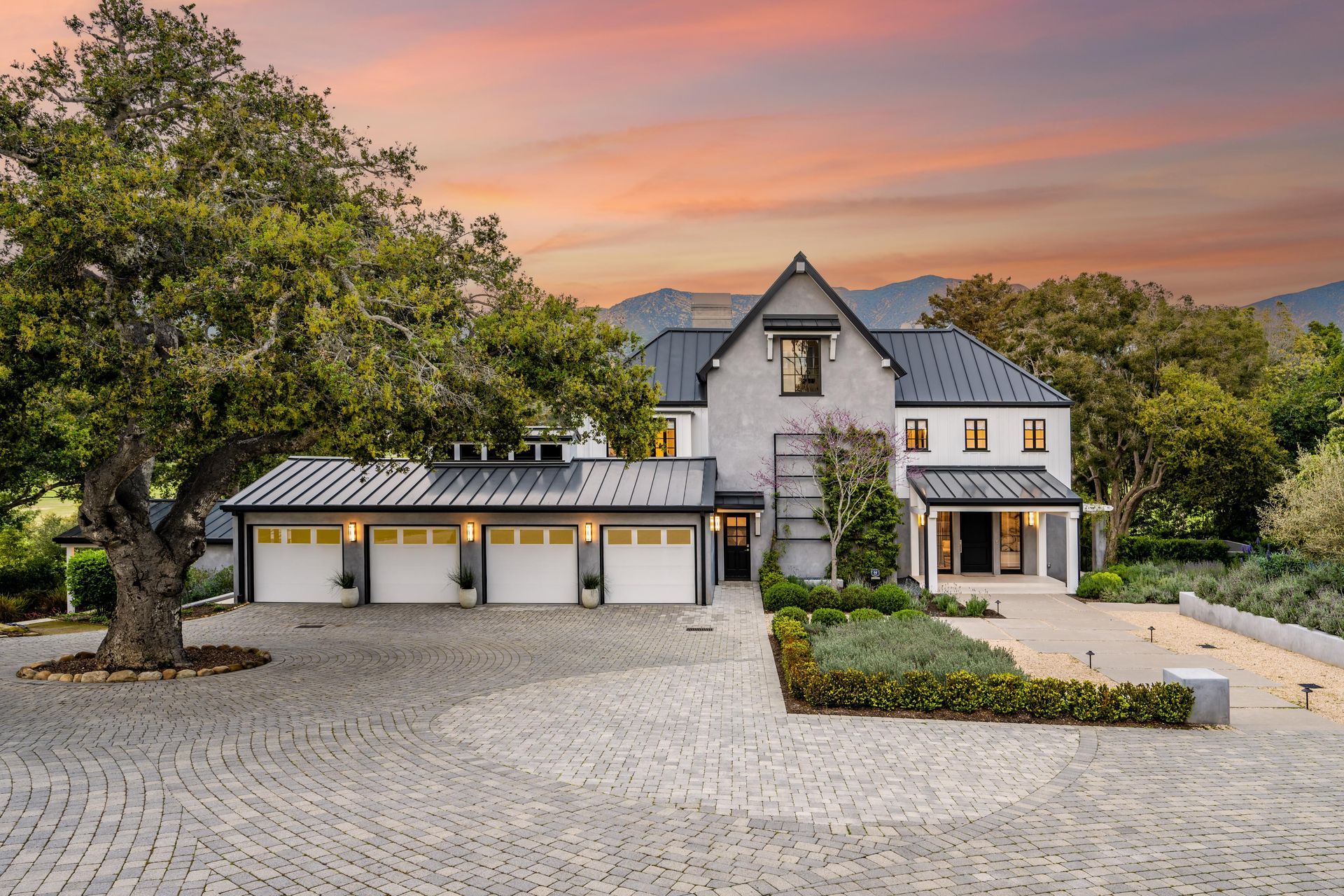
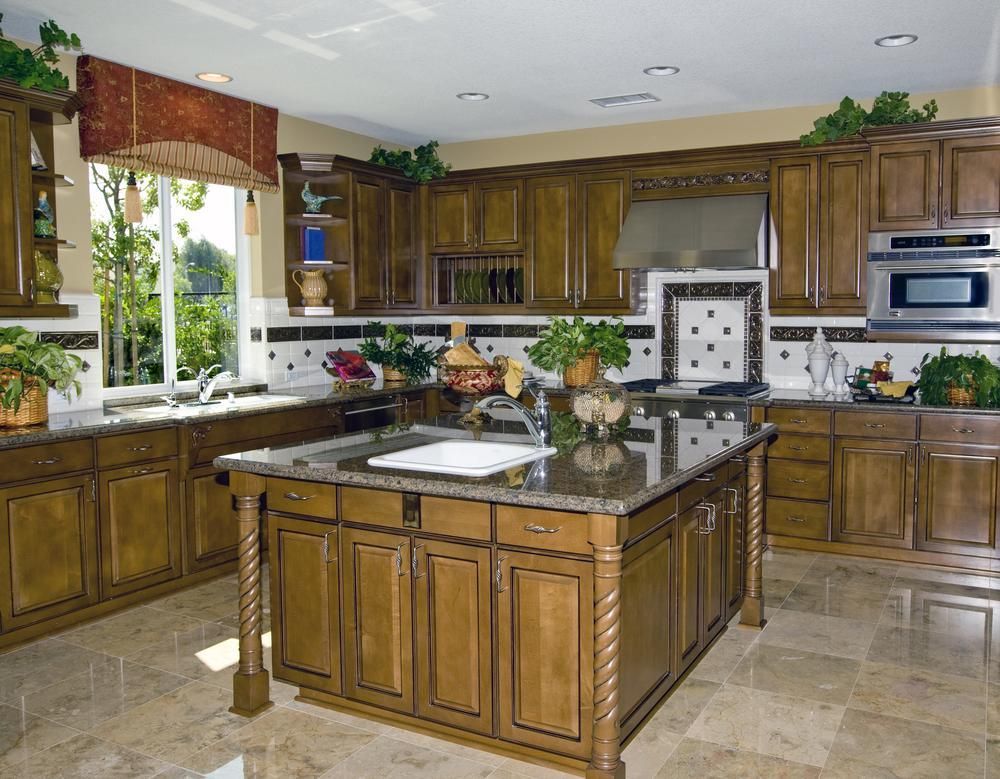
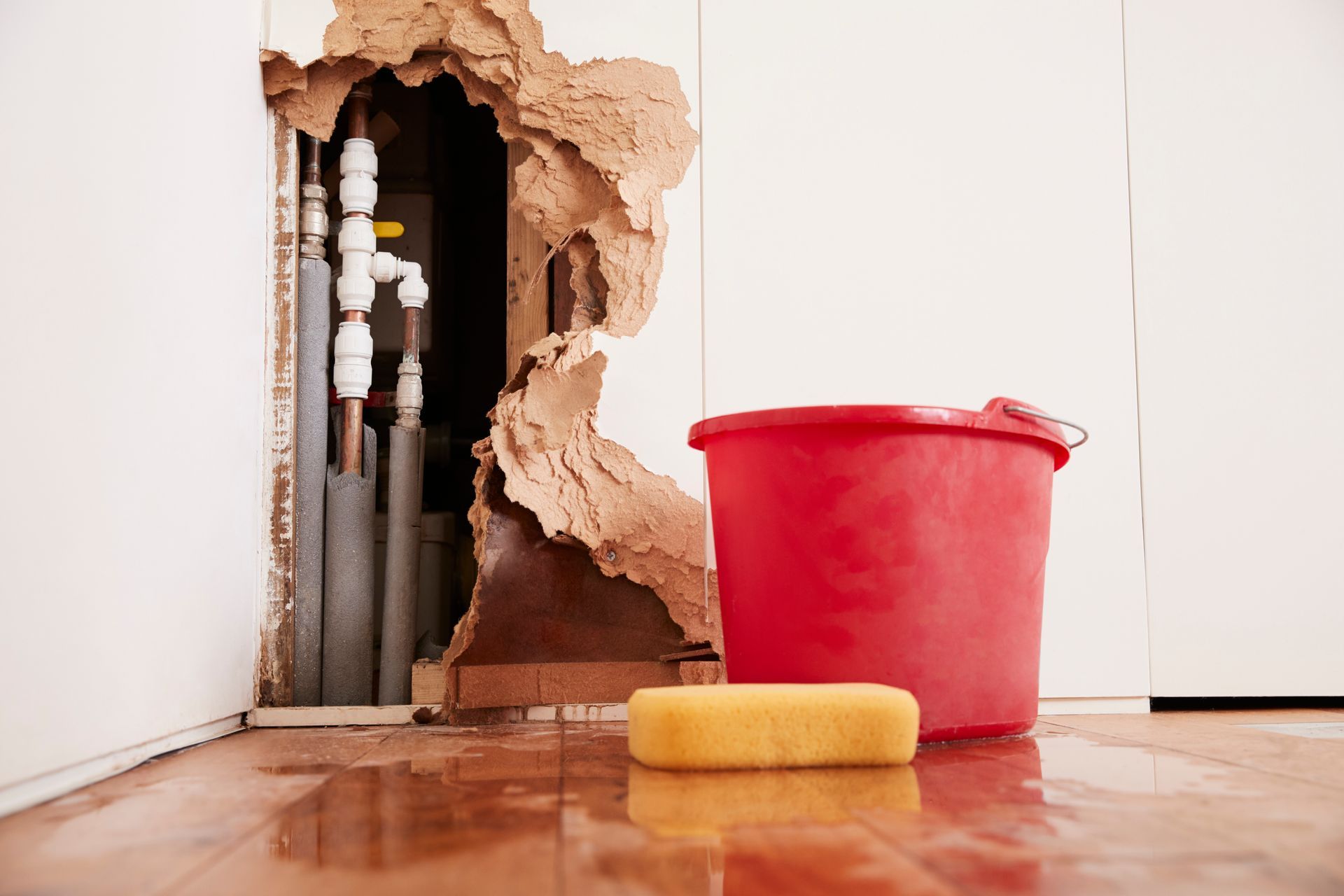
CONTACT US
You Deserve a Beautiful Home -
Let Us Make It Happen
For more information about our services, or to get a free quote, complete the form below or give us a call at (914) 639-5200.
Our Contact Information
Business Hours
Mon - Sun: 7AM -7PM
START CONSULTATION
For more information about our services or to schedule an appointment, call us at (914) 639-5200 or complete the form below we’ll get back to you as soon as we can.
4 Locations Throughout New York and Connecticut
With four convenient locations across New York and Connecticut, Gjana Construction is proud to serve homeowners and businesses with expert construction and remodeling services.
Popular Services
Quick Links
Contact Information
(914) 639-5200
info@gjanaconstruction.com
73 Market Street SUITE 376, Yonkers, 10710, US
All Rights Reserved | Gjana Construction



